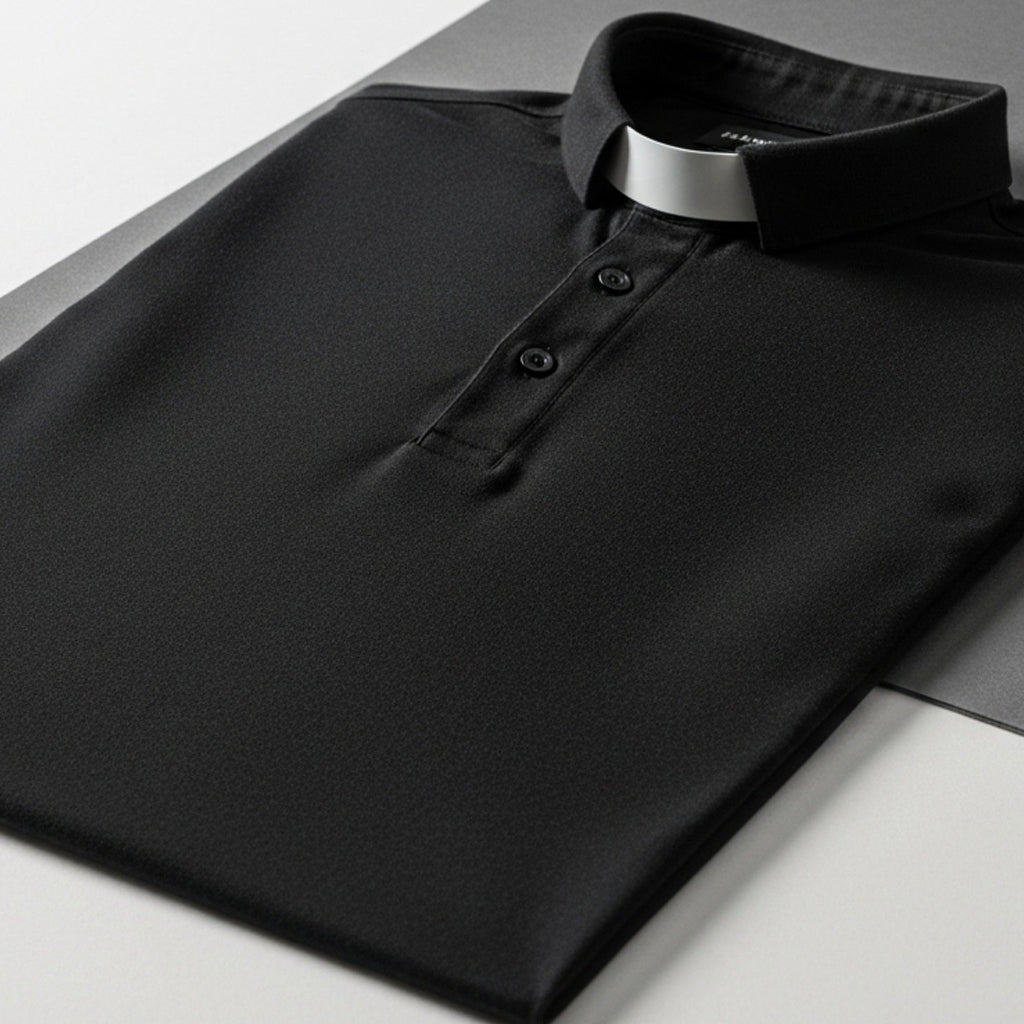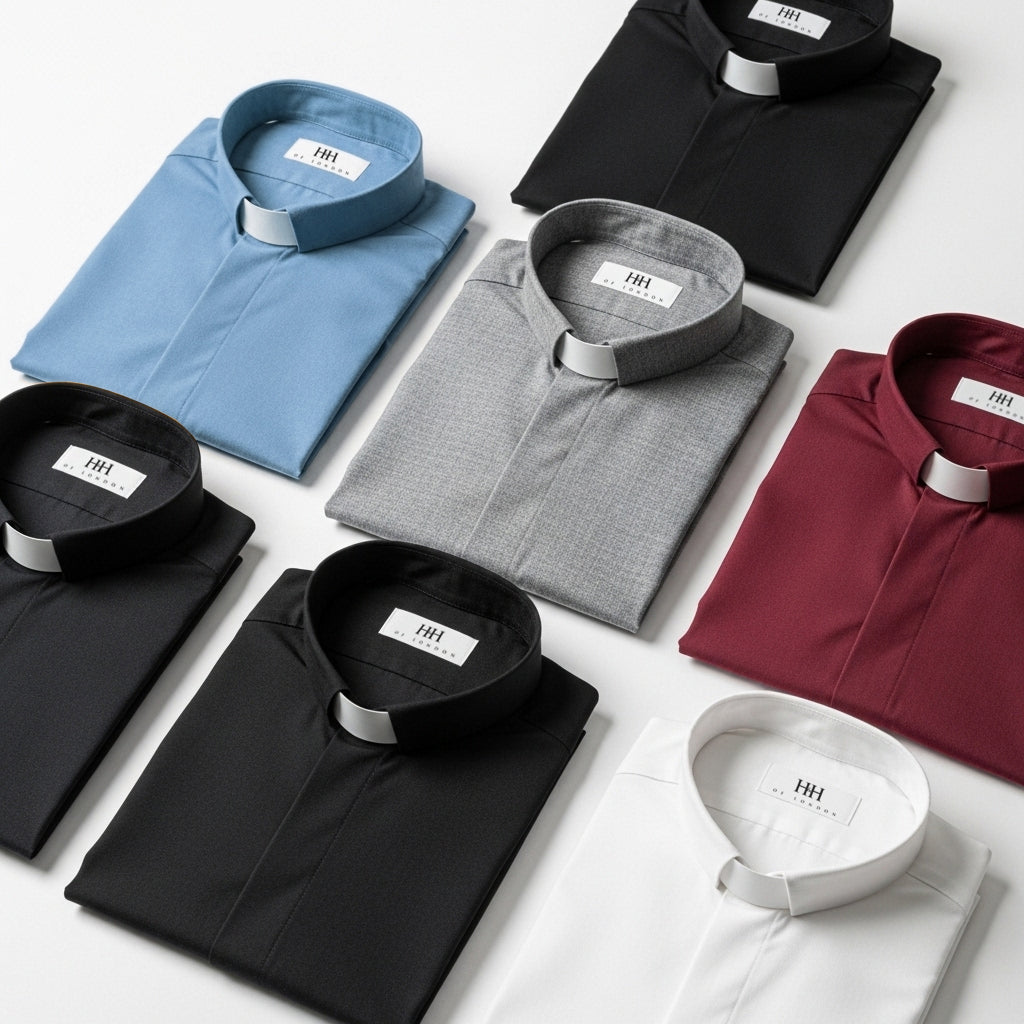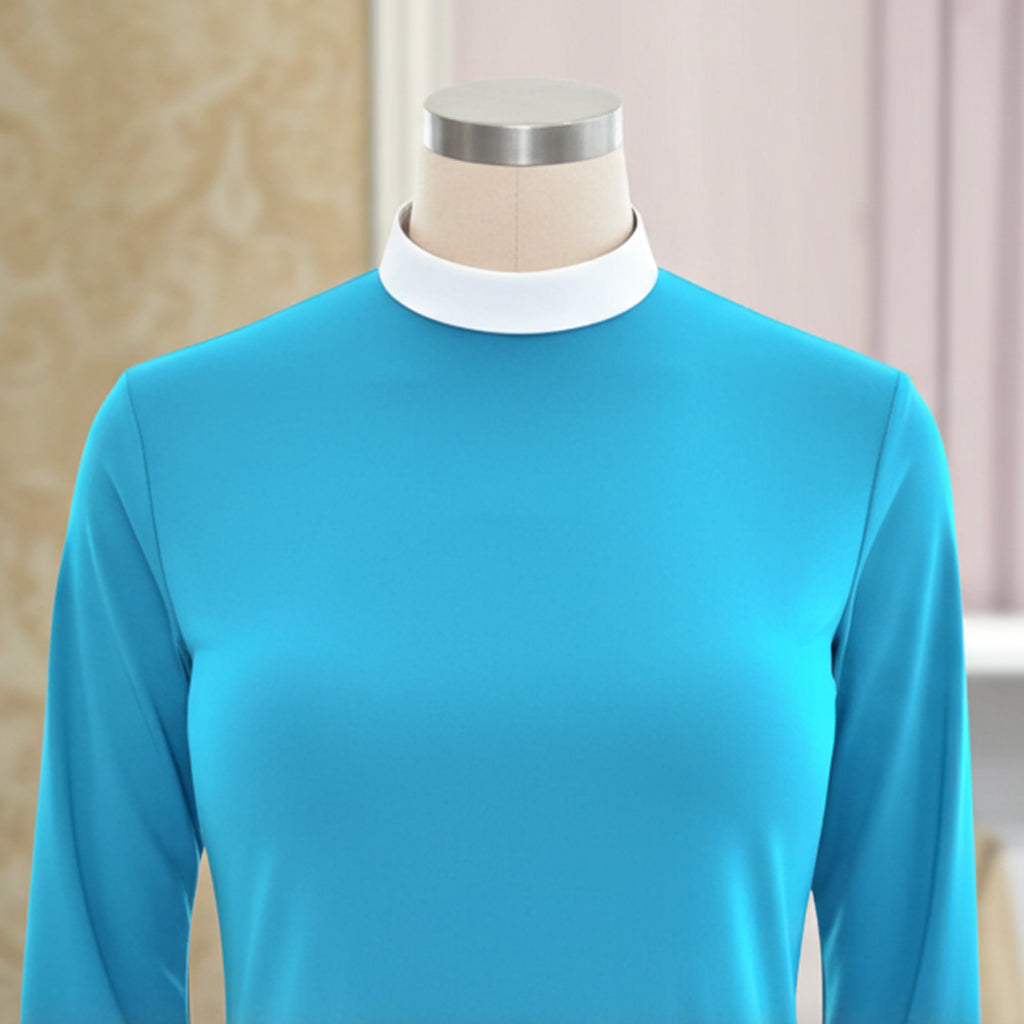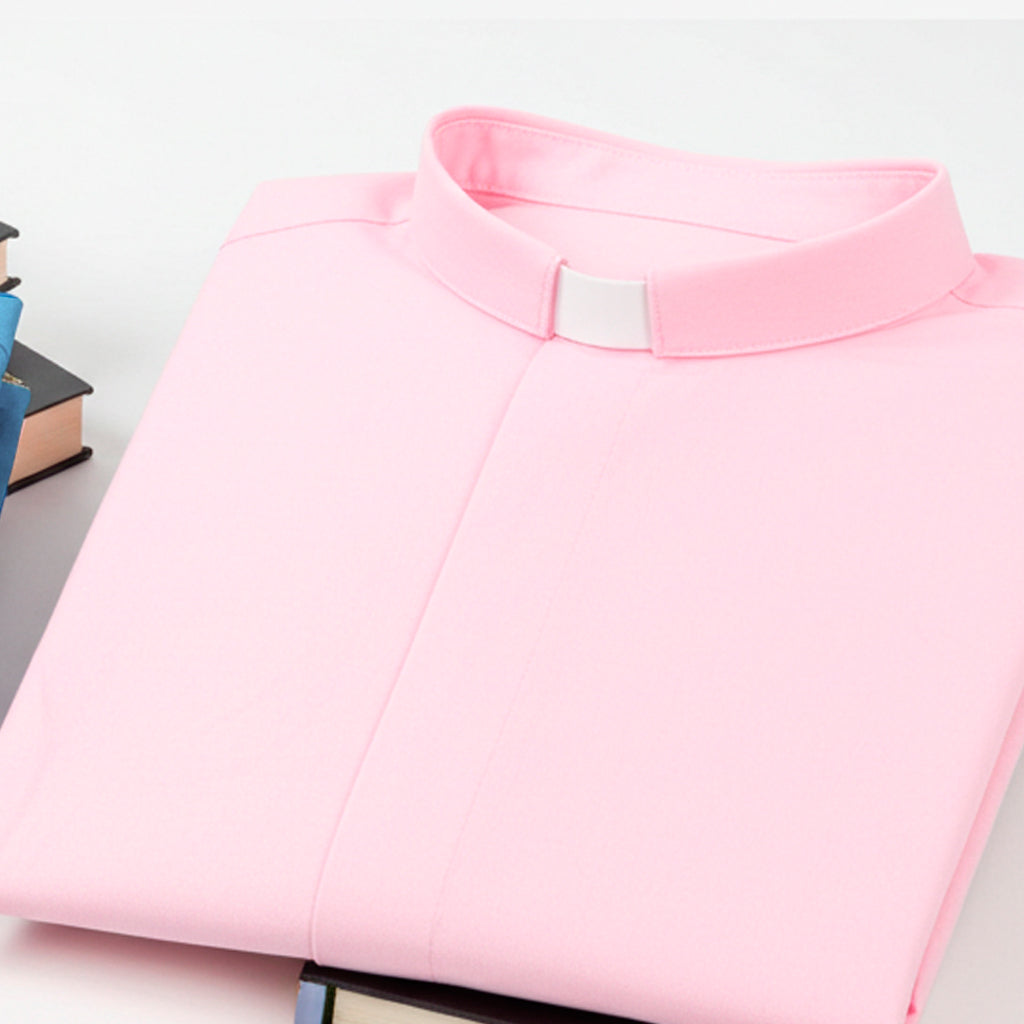The Graduation Cap
The graduation ceremony is a coming-of-age tradition and has remained a prestigious acknowledgement of someone successfully achieving an academic milestone. With many aspects of the graduation ceremony changing over the years, one traditional garment seems impervious from going out of fashion - the graduation cap.
Along with the gown, the graduation cap is one of the more recognisable features of the traditional graduation outfit. In the UK, the graduation hat is also known as the Oxford cap or corner-cap. Many academic establishments have required students to have the tassel on the right side before the degree is awarded and then moved to the left side once they have officially received their diploma.
But where did the graduation cap originate? Well, in the 12th and 13th centuries, the first “medieval” universities began forming, with robes and hoods worn by teachers and students alike. During this era, the church was an extremely influential institution, which led to the adoption of clerical attire. In fact, many professors were connected to the church in some fashion. These heavy outfits were also said to keep students and teachers warm during the winter months.
Many scholars believe the mortarboard style cap graduates don was developed from the biretta, a similar-looking Italian hat worn by Roman Catholic clergy. In the 12th and 13th centuries, students and teachers typically wore clerical clothing because the church was highly influential at this time. Medieval universities helped inspire academic dress, including the familiar graduation cap.
During the 16th and 17th centuries, it was called a “corner-cap” which was reserved for masters degree recipients. By 1950, a Catholic priest named Joseph Durham and an inventor named Edward O’Reilly were working together to file a mortarboard patent in the United States. They realised that fiberglass could increase the mortarboard stiffness, leading to the naming of this iconic 'Mortarboard' Cap. Mortarboards are shaped like a square, perhaps to give them a scholarly appearance like a book or to represent the shape of a quad on the campus of England’s Oxford University, where many graduation dress customs are believed to have originated. Typically, the mortarboard is worn with one corner facing forward, like a diamond.
As custom dictates, graduation caps are usually black or gray. According to the graduation information site Graduation Source, this began to change in the 20th century as colour photography began to become common and schools began to accept different shades of gowns and caps. Nowadays, universities and schools will require gowns and caps that reflect their official school colours.
While certain degrees warrant different styles of gown, cowls and hoods, mortarboard caps are the accepted standard. As traditional fashion customs move on and evolve, the importance and prestige of the graduation outfit, inspired by past clerical attire, remain a prominent staple in academia today.
Along with the gown, the graduation cap is one of the more recognisable features of the traditional graduation outfit. In the UK, the graduation hat is also known as the Oxford cap or corner-cap. Many academic establishments have required students to have the tassel on the right side before the degree is awarded and then moved to the left side once they have officially received their diploma.
But where did the graduation cap originate? Well, in the 12th and 13th centuries, the first “medieval” universities began forming, with robes and hoods worn by teachers and students alike. During this era, the church was an extremely influential institution, which led to the adoption of clerical attire. In fact, many professors were connected to the church in some fashion. These heavy outfits were also said to keep students and teachers warm during the winter months.
Many scholars believe the mortarboard style cap graduates don was developed from the biretta, a similar-looking Italian hat worn by Roman Catholic clergy. In the 12th and 13th centuries, students and teachers typically wore clerical clothing because the church was highly influential at this time. Medieval universities helped inspire academic dress, including the familiar graduation cap.
During the 16th and 17th centuries, it was called a “corner-cap” which was reserved for masters degree recipients. By 1950, a Catholic priest named Joseph Durham and an inventor named Edward O’Reilly were working together to file a mortarboard patent in the United States. They realised that fiberglass could increase the mortarboard stiffness, leading to the naming of this iconic 'Mortarboard' Cap. Mortarboards are shaped like a square, perhaps to give them a scholarly appearance like a book or to represent the shape of a quad on the campus of England’s Oxford University, where many graduation dress customs are believed to have originated. Typically, the mortarboard is worn with one corner facing forward, like a diamond.
As custom dictates, graduation caps are usually black or gray. According to the graduation information site Graduation Source, this began to change in the 20th century as colour photography began to become common and schools began to accept different shades of gowns and caps. Nowadays, universities and schools will require gowns and caps that reflect their official school colours.
While certain degrees warrant different styles of gown, cowls and hoods, mortarboard caps are the accepted standard. As traditional fashion customs move on and evolve, the importance and prestige of the graduation outfit, inspired by past clerical attire, remain a prominent staple in academia today.







